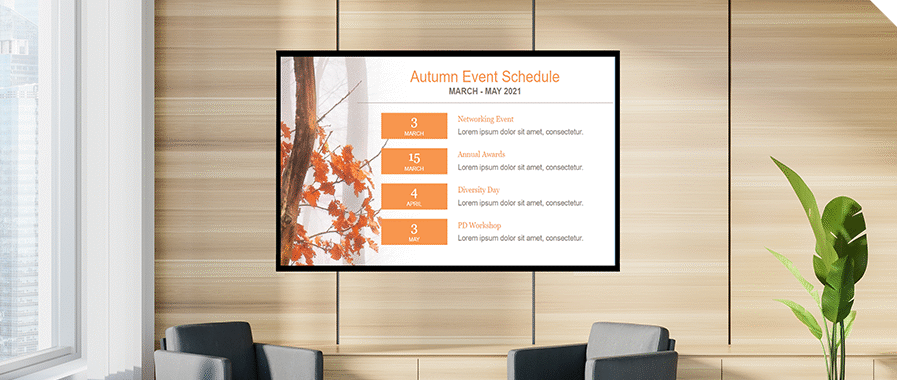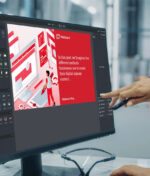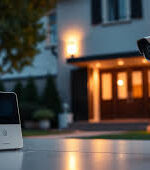
Digital signage has transformed the way businesses communicate with customers and visitors—providing dynamic, real-time visuals that grab attention and influence decisions. However, the effectiveness of a digital signage system isn’t just about the screen or content—it’s also about where you place it. Strategic placement ensures your message is seen, absorbed, and acted upon.
1. Building Entrances and Lobbies
The entrance is your first chance to make an impression. Placing digital signage in your building’s lobby or main doorway area guarantees visibility to everyone walking in. Use it to display welcome messages, branding, directions, promotions, or emergency alerts. This location sets the tone and prepares the visitor for what’s inside.
2. Checkout Counters and Reception Areas
For retail stores, placing screens near checkout areas is a great way to upsell products, display flash deals, or reinforce brand messaging while customers wait in line. In offices or clinics, reception desk signage can communicate queue status, safety notices, or promotional content about services offered.
3. High-Traffic Hallways or Corridors
Corridors that link departments or lead to common areas like elevators or cafeterias are prime spots. These areas are naturally high-traffic, and signage here ensures repeated exposure. For corporate environments, this can include internal communications, HR updates, or event notices.
4. Near Product Displays or Demo Stations
In retail or showroom environments, placing digital signage close to the product can drive conversions by showcasing features, benefits, testimonials, or pricing in an engaging way. This tactic is especially useful for electronics, appliances, or luxury goods.
5. Outdoor Locations with High Footfall
Outdoor digital signage placed near parking lots, building exteriors, or storefront windows can attract both foot and vehicular traffic. These signs are ideal for branding, promotions, hours of operation, or guiding visitors to entry points. Weatherproof enclosures are essential for durability.
6. Meeting Rooms and Conference Areas
Digital signage in corporate meeting rooms can display agendas, schedules, or welcome messages. Touch-enabled screens can also be used for interactive collaboration and real-time data presentations. It improves both functionality and professionalism.
7. Dining Areas or Waiting Rooms
In restaurants, cafés, or clinics, digital signage can entertain and inform guests while they wait—reducing perceived wait times and boosting customer satisfaction. Menus, health tips, or brand stories can rotate on-screen for maximum effect.
Conclusion
Ultimately, the best placement for digital signage depends on your space layout, audience behavior, and communication goals. At KANCAM, we conduct on-site assessments to help identify the most strategic and visible locations—ensuring your digital signage investment delivers real results.





